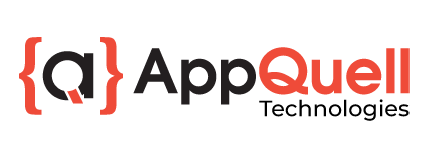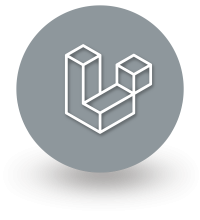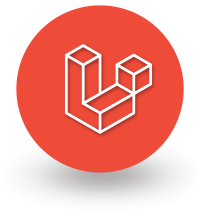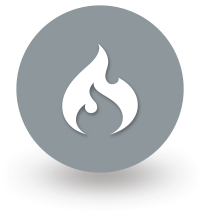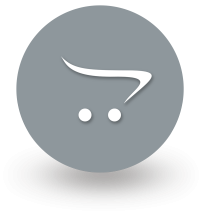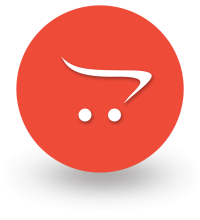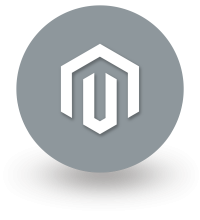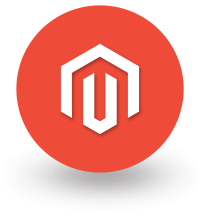Typical web analytics include:
-
- Google Universal Analytics
- Google Analytics 4
- Facebook Pixel
- Google Ads Remarketing Events
- Google Universal Analytics Enhanced Ecommerce Events
- Skroutz Analytics
Typical feeds for third-party websites include:
-
- Google product feeds
- Facebook product feeds
- Skroutz product feeds
- Podcasts RSS feeds
- BestPrice.gr product feeds
